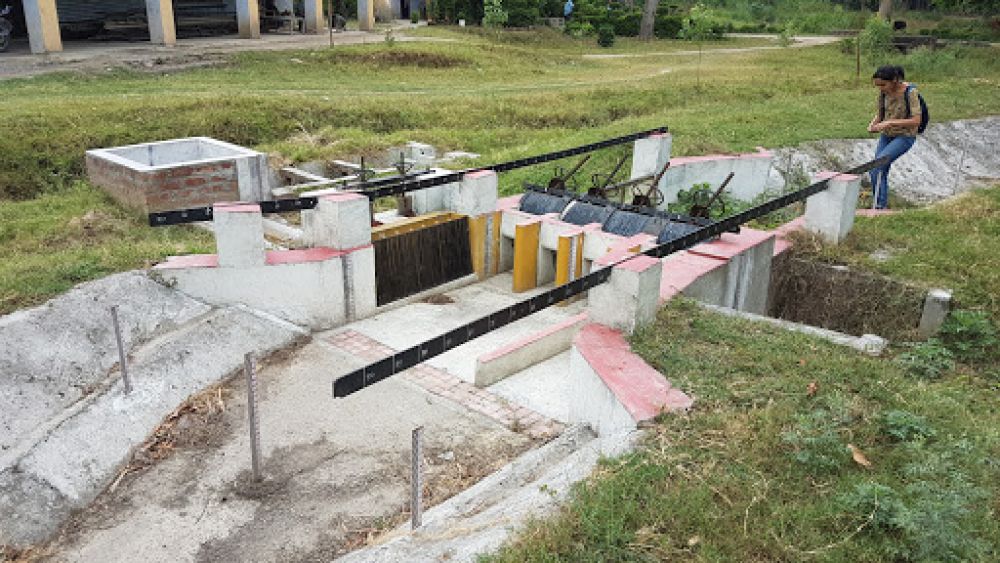

The Hydraulic Research Station at Chakki Bank in Pathankot boasts a unique history intertwined with the advancement of hydraulic engineering and water resources management in the region. Established in the 20th century, the station has served as a critical point for research and development activities aimed at improving irrigation, understanding sediment transport, and enhancing dam design in Punjab and the surrounding areas.
Historically, Pathankot has been a focal point in Northern India due to its strategic location at the confluence of Punjab, Jammu & Kashmir, and Himachal Pradesh. Over the years, it has been instrumental in the advancement of various development projects, which includes the growth of hydrological and hydraulic research. The Hydraulic Research Station, though lesser-known to general tourists, is one of the key facilities aiding in the betterment of water resource management in the country.
While Pathankot itself is generally seen as a gateway to more renowned destinations like Dalhousie and Dharamshala, it has slowly started to carve a niche for itself among travelers who are interested in the blend of culture, history, and offbeat industrial tourism. Visitors with an interest in engineering, especially in the context of water resource management, find the Hydraulic Research Station at Chakki Bank to be of particular significance.
Although not a mainstream tourist attraction, the Hydraulic Research Station contributes to the niche segment of ‘knowledge tourism’ where the spotlight is on learning and appreciating the scientific advancements and infrastructural achievements of a region.
Visitors interested in the Hydraulic Research Station at Chakki Bank should note that as it's a functional research facility, prior permissions may be required for a tour. It is recommended to contact local authorities or the station itself to arrange a visit. The station offers a unique viewpoint into the nuances of hydraulic research and the intricate world of water management that underpins the agricultural and ecological prosperity of the region.